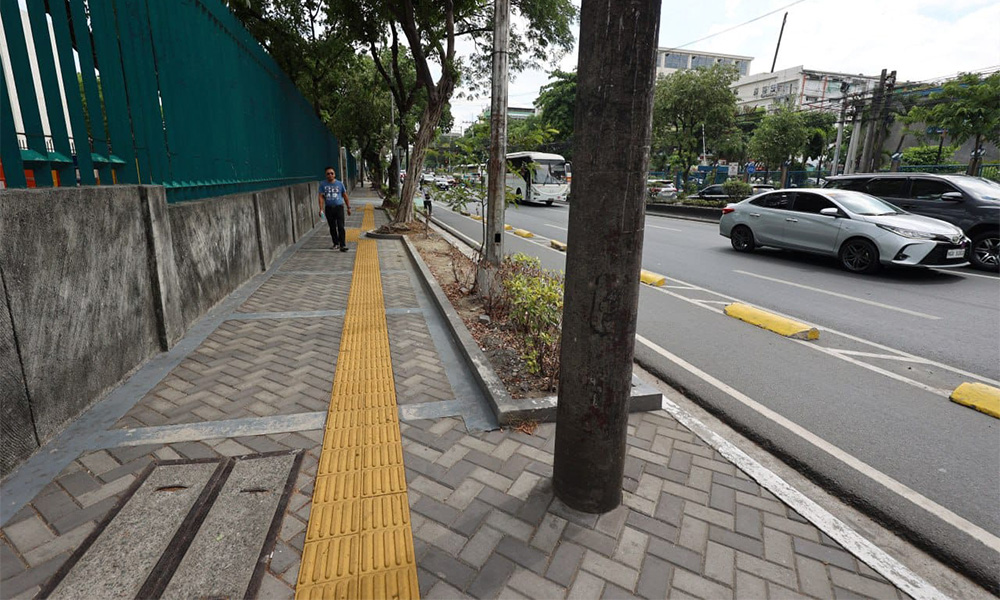
If there’s any city in Metro Manila that’s moving forward in the right direction, it’s Quezon City. The local government has already installed 35,225 pieces of tactile pavers.
These yellow textured tiles are designed to help people with visual impairment find their way. If you’ve ever walked around in Japan, you can’t miss them, especially at train stations.
Both sides of East Avenue were installed with them as part of the LGU’s GORA Lanes initiative (meaning Green, Open, Renewable, Access), with more to be added on Elliptical Road.
According to the LGU’s Parks and Development and Administration Department, tactile pavement is just one of the many kinds of infrastructure designed to make streets inclusive. Other examples include walkways, pocket parks, and plazas.
The LGU also has its own Accessibility Audit Task Force, whose job is to measure the accessibility of public establishments and make sure they are usable for everyone.
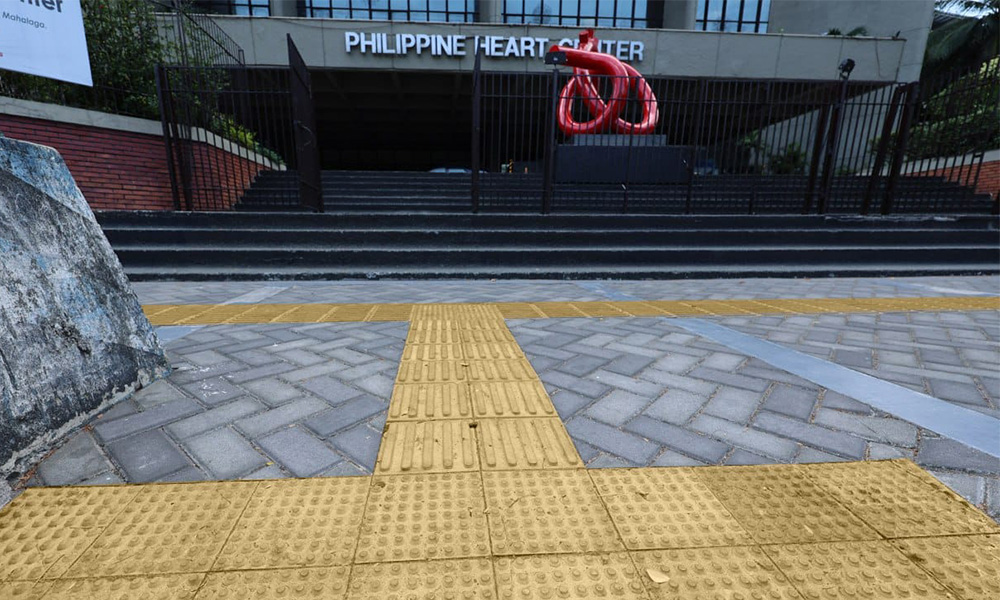
This is significant news as persons with disability are often left out of the conversation. Walking around Metro Manila is already difficult (to say the least), with improper or nonexistent sidewalks, an abundance of overpasses, and dangerous drivers. How much more so for those who are physically impaired?
Walking is the most basic form of mobility, which is why safe and accessible streets are crucial in addressing our transportation crisis. Hopefully, more LGUs would follow suit so that the metropolis could become more livable.

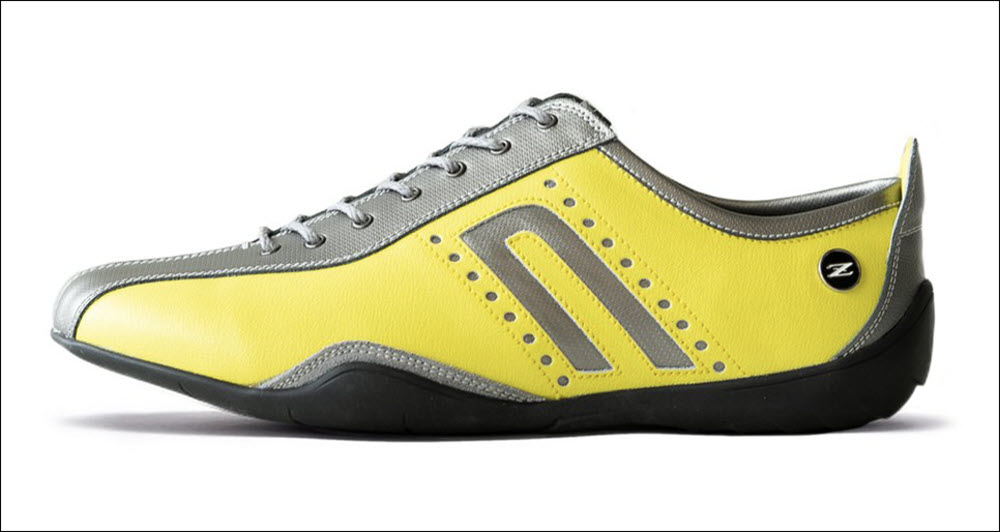





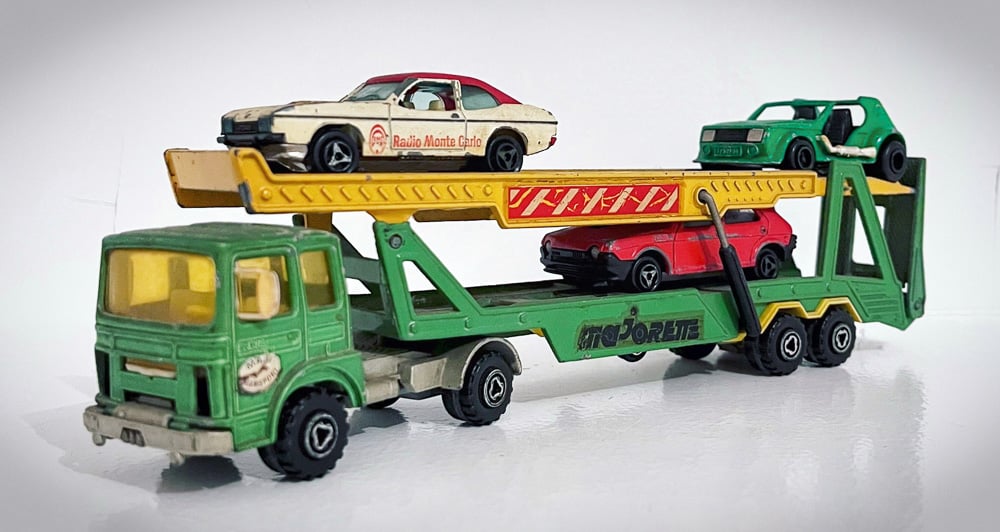
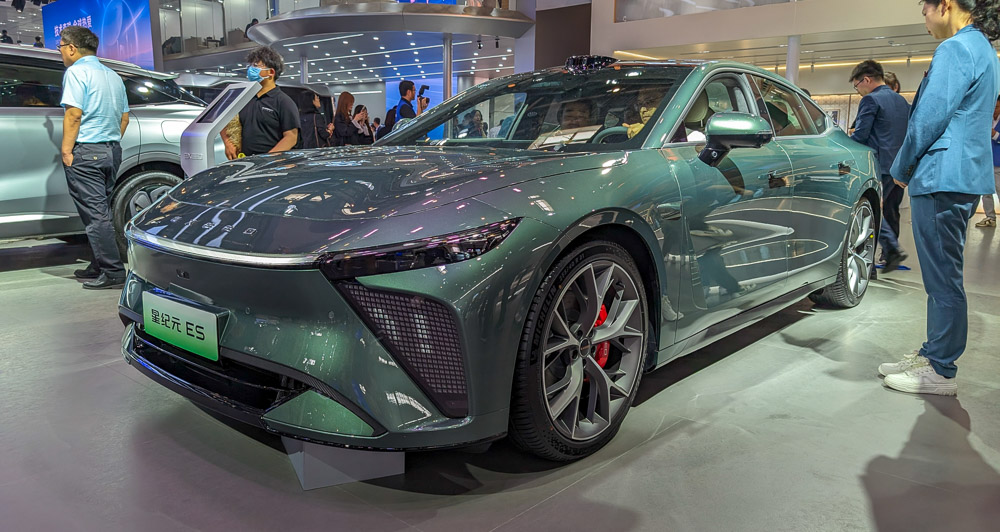
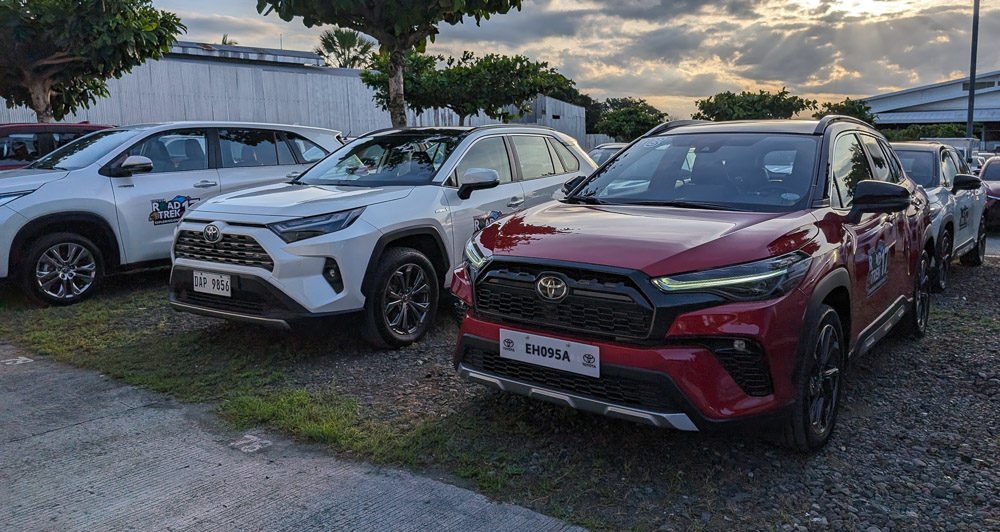

Comments